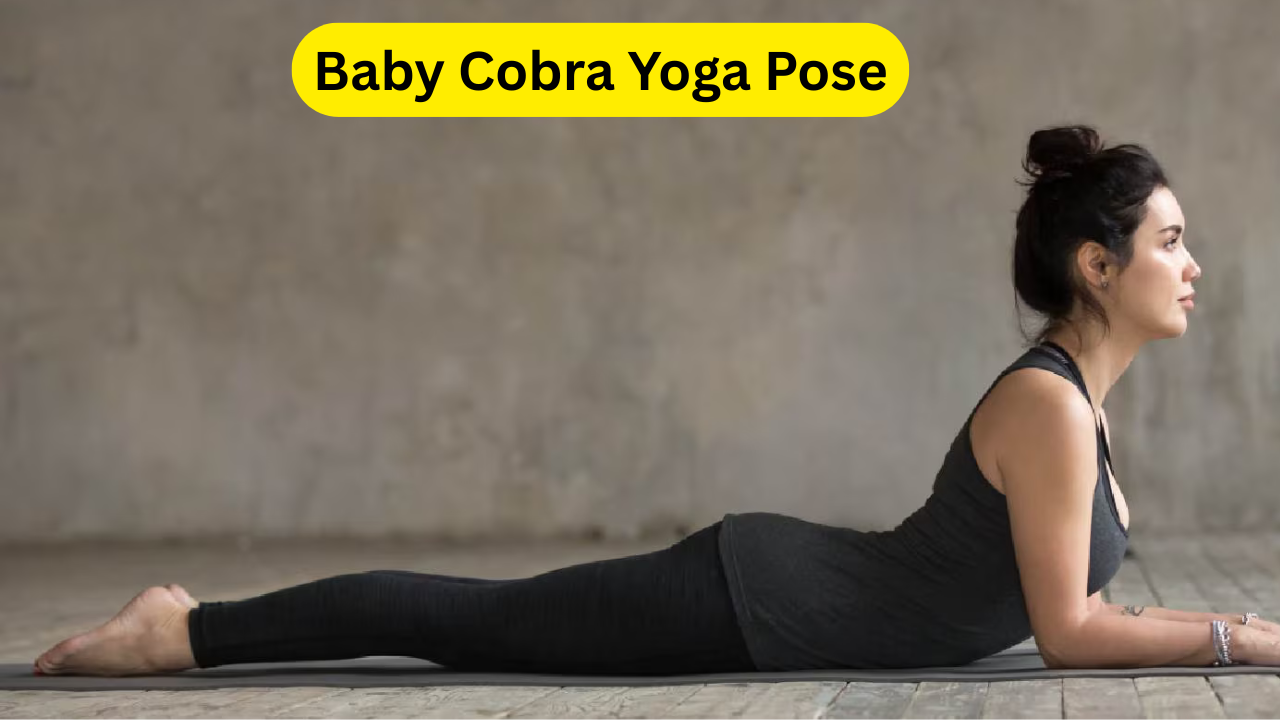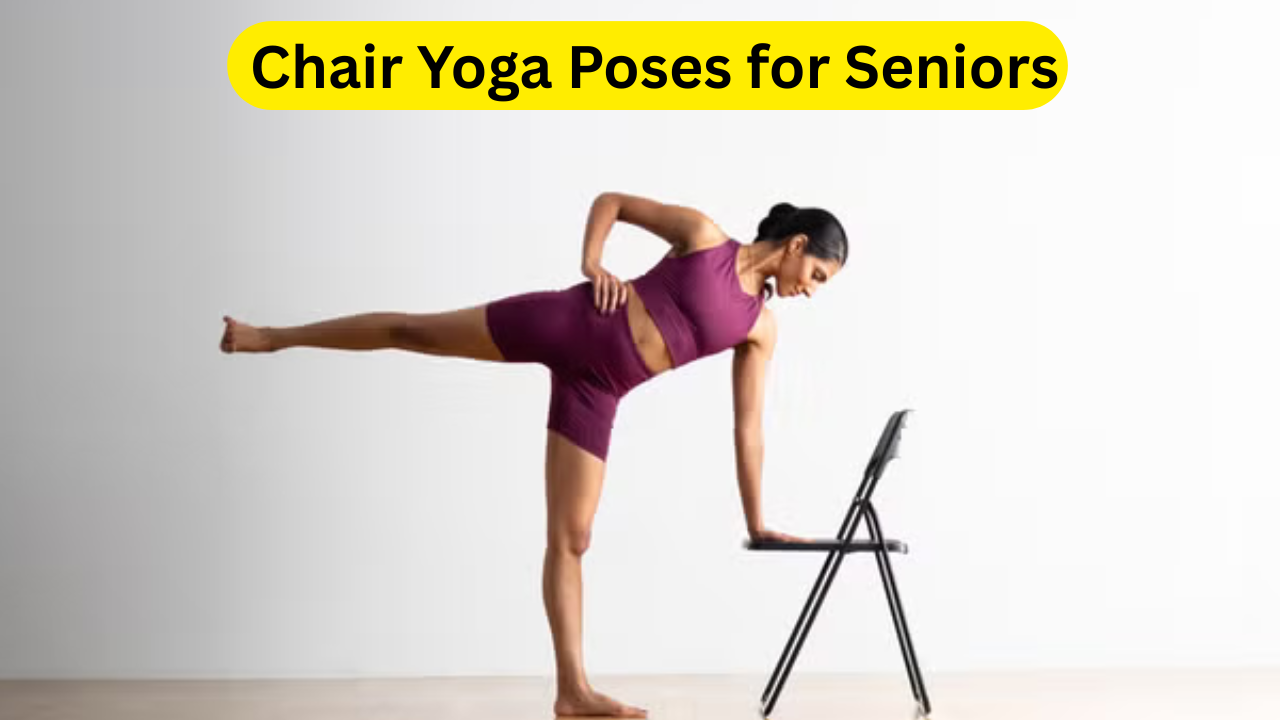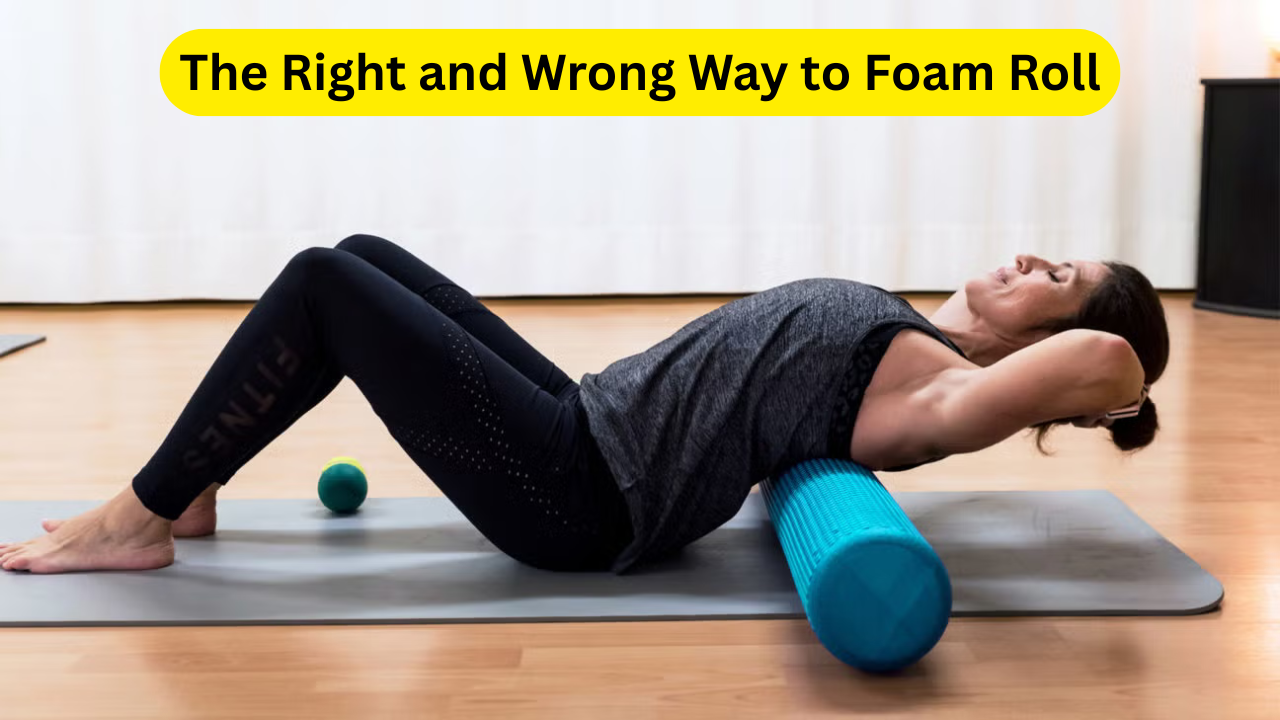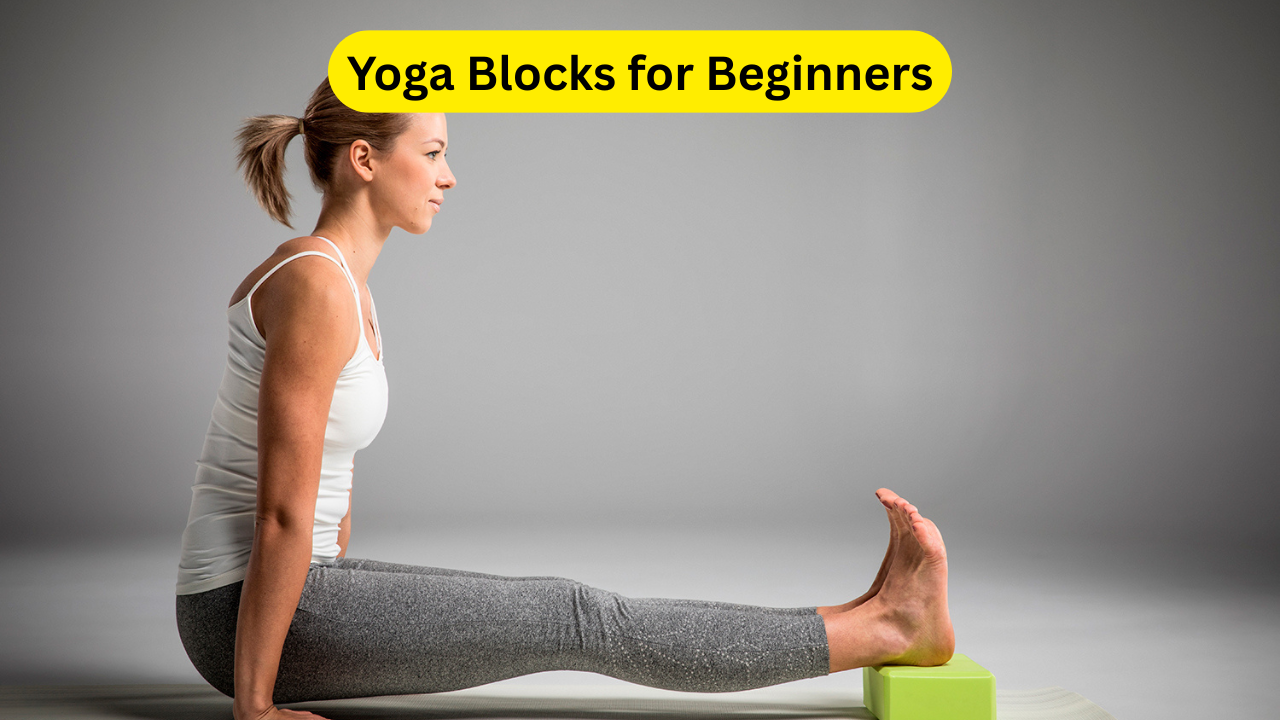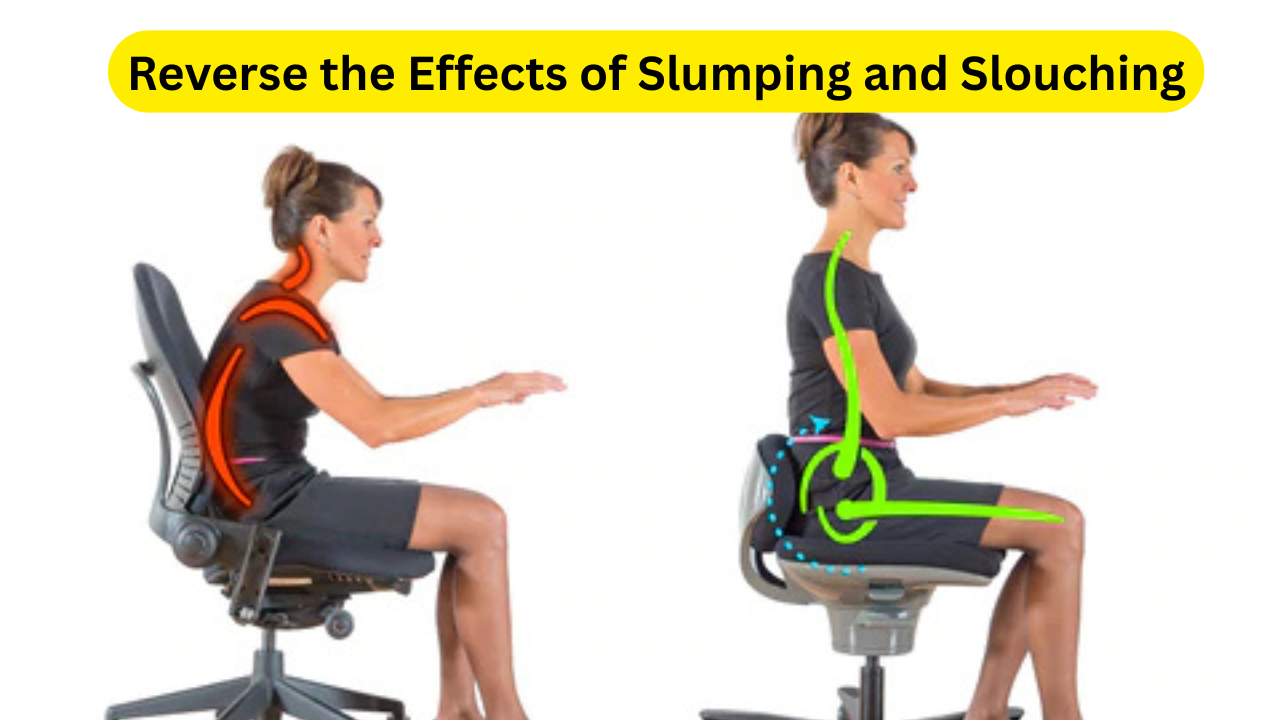Yoga for Anxiety: Anxiety is a common and often overwhelming condition that affects millions of people worldwide. It can manifest as worry, nervousness, stress, or even panic attacks that can severely impact daily life. In recent years, yoga has become a popular and effective tool for managing anxiety, as it offers a holistic approach to relieving mental and physical stress. Combining mindful breathing, intentional movement, and meditation, yoga helps activate the parasympathetic nervous system, promoting a calm and grounded state. For those looking for natural ways to manage anxiety, yoga provides not only an avenue for physical exercise but also a method to regulate the mind and emotions.
Yoga’s ability to ease anxiety lies in its deep connection between breath and movement. When practiced intentionally, yoga helps regulate the nervous system, creating a sense of balance and relaxation. Through specific yoga poses, or asanas, you can stimulate the vagus nerve, which is responsible for the body’s “rest and digest” functions. This helps counteract the overactive “fight or flight” response that often leads to feelings of anxiety. In addition, yoga’s focus on mindfulness allows practitioners to tune into the present moment, reducing ruminating thoughts that fuel anxiety.
Research supports yoga as an effective tool for stress relief and anxiety management. Many studies have shown that yoga not only reduces the physical symptoms of anxiety, such as rapid heart rate and shallow breathing, but it also helps with emotional regulation. Whether you’re new to yoga or a seasoned practitioner, incorporating these 9 yoga poses into your routine can help alleviate anxiety and promote a sense of calm. In this article, we’ll explore the benefits of yoga for anxiety and guide you through some effective poses that can help you manage your anxiety naturally.
How Yoga Helps with Anxiety
Yoga and the Nervous System
Yoga has a profound effect on the nervous system, particularly in managing anxiety. The practice helps soothe the sympathetic nervous system (responsible for the “fight or flight” response) and activates the parasympathetic nervous system (which promotes relaxation). This is achieved through slow, deep breathing and gentle, intentional movement. Yoga can help stimulate the vagus nerve, which plays a key role in balancing these two systems. When the vagus nerve is stimulated, the body enters a state of calm and relaxation, allowing for relief from anxiety.
Breathwork for Calmness
Pranayama, or controlled breathing, is a core element of yoga that can have a calming effect on the nervous system. Research shows that certain breath patterns, like diaphragmatic breathing or long exhales, can help regulate heart rate and reduce stress. Breath practices like Ujjayi breath, which is slow and steady, are particularly beneficial for anxiety as they encourage deep, relaxed breathing that counteracts the shallow, rapid breathing typical of anxiety. By incorporating pranayama into your practice, you can train your body to respond to stress more effectively.
Meditation for Mindfulness
Yoga also incorporates meditation, which helps you become more aware of your thoughts and feelings. Meditation allows you to observe your thoughts without judgment, creating space between you and the anxiety-producing thoughts. This practice of mindfulness can reduce overthinking and promote emotional regulation, making it easier to manage anxiety when it arises. When combined with the physical postures of yoga, meditation can help you focus on the present moment and reduce stress.
Click here: Lotus Pose (Padmasana): A Symbolic and Beneficial Seated Posture in Yoga 2025
9 Yoga Poses to Relieve Anxiety
If you’re ready to begin using yoga to help with anxiety, here are 9 calming and grounding poses that can help. These poses not only release physical tension but also promote emotional relaxation.
1. Seated Neck Stretch
How to do it:
- Start in Easy Pose (Sukhasana), sitting comfortably with your legs crossed.
- Inhale and reach your right arm overhead, and exhale to gently place your right palm on your left ear.
- Slowly draw your head toward your right shoulder, bringing your chin toward your chest.
- Hold for 3-5 deep breaths and then switch sides.
This pose helps release tension in the neck and shoulders, areas where stress often accumulates.
2. Cat-Cow Pose (Marjaryasana-Bitilasana)
How to do it:
- Begin in a tabletop position on your hands and knees.
- Inhale and drop your belly toward the floor for Cow Pose, lifting your chest and tailbone.
- Exhale and round your spine toward the ceiling for Cat Pose, tucking your chin and tailbone.
- Continue moving between these two poses for 5-7 breath cycles.
This movement improves flexibility and gently opens the spine, helping to alleviate stress and tension.
3. Extended Puppy Pose (Uttana Shishosana)
How to do it:
- Start in a tabletop position, then walk your hands forward and shift your hips back.
- Lower your chest and forehead toward the floor, letting your neck and shoulders relax.
- Hold for 5-7 breaths, and use a blanket under your knees for added support if needed.
This deep stretch helps open the shoulders and chest, relieving upper body tension.
4. Half Splits (Ardha Hanumanasana)
How to do it:
- From tabletop, step your right foot forward into a lunge position, and slide your right leg straight out to stretch the hamstring.
- Flex your foot and gently shift your hips back, feeling a stretch in the back of the leg.
- Hold for 3-5 deep breaths and then switch sides.
This pose helps release tension in the hips and hamstrings, which can contribute to stress and anxiety.
5. Seated Forward Bend (Paschimottanasana)
How to do it:
- Sit with your legs extended straight in front of you, feet flexed.
- Inhale and lengthen your spine, then exhale as you hinge forward at your hips, reaching toward your feet.
- Hold the position for 5-7 deep breaths, relaxing into the stretch with each exhale.
This pose calms the nervous system and stretches the back, relieving tension from sitting for long periods.
6. Constructive Rest (Savasana Variation)
How to do it:
- Lie on your back with your knees bent and feet flat on the floor.
- Place your arms by your sides with palms facing up.
- Close your eyes and focus on your breath, allowing your body to relax completely.
This restorative pose helps reset the nervous system and is great for deep relaxation.
7. Supine Spinal Twist (Supta Matsyendrasana)
How to do it:
- From Constructive Rest, gently lower your knees to the right while keeping your shoulders grounded.
- Turn your head to the left and hold for 5-7 breaths.
- Switch sides after the next set of breaths.
This pose helps release tension in the spine and lower back, promoting relaxation.
8. Corpse Pose (Savasana)
How to do it:
- Lie flat on your back with your legs extended and arms at your sides.
- Focus on your breathing, allowing your body to relax completely.
Savasana is the ultimate pose for relaxation and grounding after your practice. It helps calm the mind and reduce anxiety.
9. Sun Salutations (Surya Namaskar A)
How to do it:
- Begin in Mountain Pose (Tadasana), standing tall.
- Flow through a sequence of poses that include forward folds, plank, and Cobra, coordinating each movement with your breath.
- Repeat the flow for several rounds, synchronizing your breath and movement.
Sun Salutations are a great way to increase circulation and release built-up tension, making them perfect for warming up your body before slower, more meditative poses.
Benefits of Yoga for Anxiety Relief

Yoga offers a variety of benefits for individuals dealing with anxiety:
- Reduces physical tension: Yoga helps to release tension stored in the body, especially in the shoulders, neck, and hips.
- Promotes mindfulness: By focusing on the breath and movement, yoga encourages mindfulness and helps you stay present.
- Improves emotional regulation: Yoga helps regulate the nervous system, which can reduce feelings of overwhelm or panic.
- Boosts mental clarity: Regular practice can improve focus and reduce the mental clutter that anxiety often brings.
- Enhances overall well-being: Yoga improves flexibility, strength, and balance, helping you feel more grounded and connected to your body.
Also Read: 2026 Aston Martin Vanquish Volante: The Ultimate Open-Top Grand Tourer
Yoga for Anxiety Conclusion
Incorporating yoga into your routine can be an incredibly effective way to manage anxiety and improve your overall mental health. The combination of breathwork, movement, and mindfulness offers both immediate relief and long-term benefits. However, while yoga can be a powerful tool for stress relief, it should complement other treatments like therapy or medication for those with severe anxiety. By practicing regularly and experimenting with different poses, you can find what works best for your body and mind. Remember, there’s no “perfect” way to practice yoga — simply focusing on your breath and being present can make all the difference.
Yoga for Anxiety FAQs
1. Can yoga completely cure anxiety?
While yoga can be a powerful tool for managing anxiety, it should not be considered a cure. It can significantly reduce symptoms, but for many individuals, combining yoga with other treatments like therapy or medication is essential for long-term relief. It’s best to work with a healthcare provider to develop a comprehensive treatment plan.
2. How often should I practice yoga for anxiety?
For optimal results, try to practice yoga for anxiety at least 3-4 times a week. Consistent practice helps to regulate the nervous system and build mindfulness, leading to better stress management. You can start with shorter sessions and gradually increase the duration as you become more comfortable.
3. What if I’m a beginner? Can yoga still help with anxiety?
Absolutely! Yoga is accessible to individuals of all experience levels. As a beginner, focus on slow, gentle movements and breathing exercises. Poses like Seated Neck Stretch and Child’s Pose are great for beginners and can help relieve anxiety while you build strength and flexibility.
4. Can yoga help with panic attacks?
Yoga can be a helpful tool during a panic attack, especially through controlled breathing. Poses that focus on deep breathing, like Ujjayi breath, can help calm the mind and body. However, it’s important to work with a healthcare provider if you experience frequent or severe panic attacks.
**5. Is it necessary to attend yoga classes for anxiety

